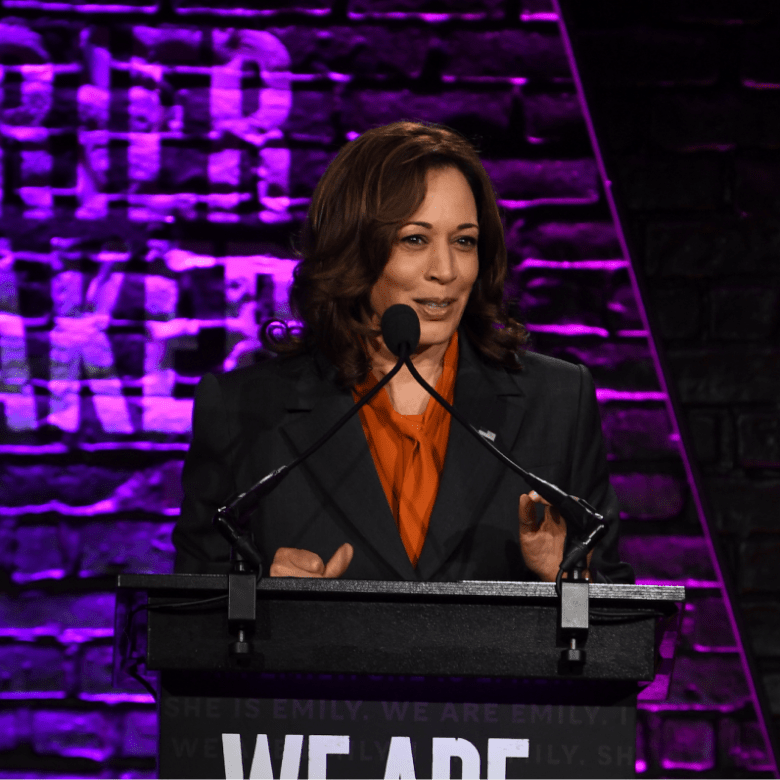More Than 500 Women Are Running for a House Seat in 2020, Eclipsing 2018’s Historic Pink Wave
Newsweek: More Than 500 Women Are Running for a House Seat in 2020, Eclipsing 2018's Historic Pink Wave
By Alexandra Hutzler
They called 2018 “The Year of the Woman.” But 2020 may just steal that title.
The historic pink wave that brought the U.S. House of Representatives Alexandria Ocasio-Cortez, Carol Miller, Ilhan Omar and scores of other women did not fade as filings show a record 505 women—and counting—plan to run for office this cycle.
“That number will increase. The question is by how much?” said Kelly Dittmar, an assistant research professor at the Center for American Women and Politics at Rutgers University. The center keeps a running tally of female candidates at all levels of government.
Their data shows that more than 500 women have filed to compete for House seats nationwide, already more than the record 476 women who ran for the chamber in the last election. The filing deadline for congressional candidates is still open in 13 states—suggesting that number could still rise.
The election could prove to be historic on all levels. In New Mexico, for example, voters could elect an all-female delegation for the first time, according to the Los Angeles Times. Women are vying for the Democratic and Republican nominations in all six of the state's primary races for three open House seats. And at least 10 other congressional districts around the country, like California's 6th district and Texas's 12th district, also will have woman vs. woman races in the November general election.
The Senate is also on track to break records this year. In 2018, 53 women ran for the upper chamber. As of late May, 48 had filed—with deadlines still open in nine states.
In that chamber, several key states will likely feature an all-female ticket, meaning women will wield power as Democrats and Republicans battle for majority control. In Maine, Democrat Sara Gideon is expected to go up against vulnerable GOP incumbent Susan Collins. In Iowa, Republican incumbent Joni Ernst will be challenged by Democrat Theresa Greenfield.
Although 2018's historic election was driven by Democratic women in defiance of President Donald Trump's electoral victory, Republicans, buoyed by that success, are fueling the rise in female candidates this cycle. So far, 202 women are running on the GOP ticket for the House—a 52 percent increase over the 2010 record when 133 Republican women ran for the chamber.
Ariel Hill-Davis, the co-founder and policy director of Republican Women for Progress, explained that the increase in GOP women is about reclaiming a seat at the table after “looking around and not feeling as though the party was representing the diversity of thought, particularly from a female perspective.”
“Republicans are currently at such a deficit in terms of how many women we have seated at the federal level,” Hill-Davis told Newsweek. “We are working with serious candidates and trying to support them so we can increase those numbers and carry some of those women across the finish line.”
Organizations that help women run for office say that these numbers show the pink wave is more than just a blip. It's the start of a new normal as women see more advantages to running for office and less push back from party officials, fundraisers, and other political powers that can stymie campaigns.
“It's a sea change,” Stephanie Schriock, president of EMILY's List, the political action committee that supports Democratic female candidates nationwide, told Newsweek.
“We're thrilled that so many Democratic women see themselves in our candidates who flipped seats two years ago and are inspired to run this year,” she added. “One of the many things that this awful pandemic has taught us is that a woman's steady, thoughtful leadership is something that we need more of in our country. We're working hard to support our candidates and help them become the next generation of political leadership.”
Despite the historic strides, a gender divide is still on full display in Washington D.C. Women make up about 23 percent of the House and 26 percent of the Senate, even though women make up the majority of the U.S. population. There are 127 women total in Congress: 101 in the lower chamber and 26 in the upper chamber.
That's because women are less likely to see themselves as political candidates and are more concerned about the negative side effects of launching a campaign, experts said.
“That really big obstacle of just declaring yourself as a candidate, arguably the biggest obstacle there is, women have managed to overcome. Their own evaluations of the risks and benefits [of running for office] are changing,” said Christina Wolbrecht, a professor of political science at Notre Dame and co-editor of the journal Politics & Gender.
Research shows that once women are candidates, they are just as likely to win political office as men. A 2008 study in The Journal of Politics, for example, shows that women don't win congressional primaries at lower rates, but they do face more competition in them than men do. Data also shows that on average, female candidates tend to be better qualified than their male counterparts.
That means that with the influx of highly qualified women—Republican or Democrat—the next wave of lawmakers will likely bring change to Congress.
“I think that 2016 and 2018 have really shaken up a lot as we've seen more non-traditional people running for office,” Wolbrecht said. “We know that there is still bias against women candidates but we've also seen a historic number of them being successful. Twenty-eighteen wasn't just this rare spike. It's being sustained and exceeded in 2020.”
